The Bison Hunters
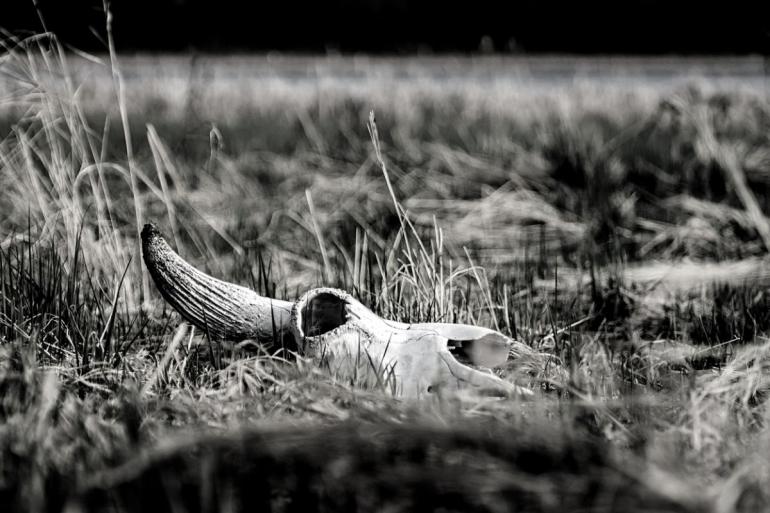
The slaughter of the bison was condoned, if not encouraged, by many. They were a nuisance to the transcontinental railroad, the establishment of which divided the millions of bison into a so-called northern and southern herd. And for others, such as Colonel Richard Irving Dodge, the near extermination of the bison was part of a different slaughter. Speaking to a visiting Englishman who was lamenting having witnessed the death of 30 bison, Dodge reassured him that it was the right thing to do. "Kill every buffalo," Dodge told him. "Every buffalo dead is an Indian gone." As the herds dwindled, the army handed out free bullets to those who might help mop up the remaining population.
In addition, owing to new methods of chemically treating bison hides, their skin, previously stiff and hard to work with, could be made into far tougher leather than that from cattle. Both at home and in England, Germany, and Western Europe, the Industrial Revolution created demand for extremely sturdy leather belts to drive large machinery. Bison leather was thicker, took longer to wear out, and was, at that time, seemingly endlessly abundant.
Thus empowered by government and the market alike, a certain class of Western entrepreneurs found themselves considering "buffalo hunting" as a career.
Teddy Blue Abbot, pioneering cowboy and friend of C.M. Russell, described buffalo hunters as men who "didn't wash, and looked like animals. They dressed in strong, heavy, warm clothes and never changed them. You would see three or four of them walk up to a bar, reach down inside their clothes, and see who could catch the first louse for the drinks. They were lousy and proud of it." Others described them as covered in bison feces and blood, with all the attendant smells.
Perhaps they weren't vain men. But killing bison was an industry, and the buffalo hunters applied themselves to it with creativity and experimentation.
As an example, it wouldn't do to shoot one in the heart. That would prove fatal, surely, but in the meantime, the beast might run and kick and panic as gallons of frothing blood pumped through the broken organ. This, in turn, would spook the surrounding bison, causing a stampede and ruining the hunter's vantage.
A hunter would only shoot for the heart if he knew his rifle was powerful enough, the bullet large enough, and his aim sure enough to kill the bison with one shot. The .45 caliber "Sharps Old Reliable," also called the "Buffalo Sharps," could do it, propelling a slug weighing as much as 550 grains of lead with 120 grains of powder. According to the rifle's adherents, the results would "cut a twelve-pound steak out of a buffalo at 1000 yards."
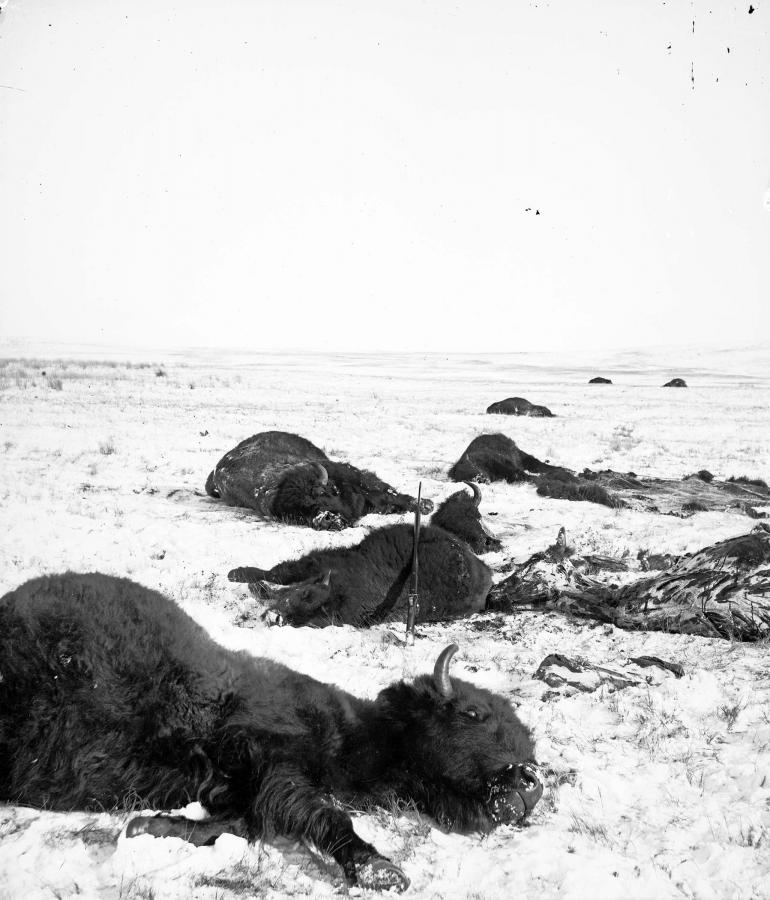
Dead bison in the snow. Courtesy of the Montana Historical Society.
But the prudent hunter would select what he thought was a leader, perhaps an animal standing while others were prone, and place a shot through its lung. As the organ slowly leaked air, it would fill with blood, and the cow would begin to mill around and cough as if struck with colic. Nearby bison would become curious and approach, sniffing at the splashes of blood. Then, one by one, the hunter would shoot approaching females - cow hides had higher value on the market. Now, more bison would walk towards the confusion and, eventually, one by one, the lung-shot animals would slump over and their great hearts would quietly cease to beat.
Skinners worked with the hunters, and the best teams were models of efficiency. The shooter would generally only kill as many animals as could be skinned that day, not out of any impetus to conservation but because in winter the skins might freeze overnight and become far harder to separate from the carcass, while in summer they might bloat and stretch the hide. Such corpses were known by bison hunters as "stinkers."
It made much more sense for a hunter to shoot the animals' legs and cripple them - that way, the skinners would find the creature still holding on to life the next morning and remove the skin while it was warm and pliable.
There was a market for their tongues in the trendy restaurants of the East, selling for $8 - $9 for a dozen. And "buffalo hump" was also a Christmas tradition for many in the West - an 1846 holiday feast at Fort Edmonton served "boiled buffalo hump," "boiled buffalo calf," and "whitefish browned in buffalo marrow."
But the preservation of the meat, beyond what could be "beefed," loaded into trains and shipped to eastern cities or to fill the larders of railroad camps, was not a high priority. There were also sometimes exceptions to the hunter's edict not to kill more than his team could skin. For instance, suppose the hunter was on a hot streak, aiming and firing with mechanical precision, bringing down animal after animal. He might feel that he was experiencing a once-in-a-lifetime brush with greatness - an opportunity to become a legend on the frontier.
Everyone knew the story of Tom Nickson, after all, how he had managed to kill 120 bison in just 40 minutes. In just five weeks, he killed 3,200. Or, if the focus were less on individual glory and more on the value of teamwork, a great deal of killing could be done in a very short time. Seth Hathaway, a hunter who plied his trade in Montana, said that a team of fifteen or twenty men, all shooting as quickly as they could draw a bead, pull a trigger and reload, could kill 50 or 60 animals in two or three minutes. Careers were made, and fortunes staked for these sorts of accomplishments. Buffalo Bill Cody claimed to have personally killed 20,000 during his ten years of hunting, before parlaying that fame into his Wild West traveling show.
So the hunter who thought he had caught a hot streak might keep reloading and firing, switching rifles when one overheated, seeing how long he could extend his spree - to hell with the meat and skins, this could be a story they'd tell as far away as Abilene.

Hunter skinning bison. Courtesy of the Montana Historical Society.
But after a few minutes of sustained shooting, the rifle would start to get hot, and remnants of powder crusted the barrel. Even the buffalo hunters that had two guns and switched them out might, after a particularly sustained volley of shooting, end up with two guns that were both too hot to fire. Wetting a swab and running it down the barrel might cool it and clean it well enough, but water, far more than bison or ammunition, was to be carefully conserved. Unless you had a source of water nearby, the truly pragmatic bison hunter would cool his barrels with whatever he had at hand - urine would do just fine.
The roar of the guns fell silent on the prairie at last, replaced by the droning of fattened green bottle flies.
In 1883, a group of bison hunters in Montana prepared for business as usual only to find that there were no longer any animals to kill, only bones and swarms of flies and an indescribable smell. Men who had single-mindedly honed their skills at the systematic elimination of the American bison found themselves without a job. Hunters, facing the failure of their harvest, became miners, cowboys, or outlaws. So many skinners simply left their knives out on the prairie, no longer needed, that a cattle drive led by Charles Goodnight was able to furnish his operation with found blades.
Within months, another cottage industry arose in its place. Some collected and sold the bones, now scattered across the continent in the millions, by the cartful. The bones were used, in turn, to make petroleum jelly, bone china, fertilizer, glue, and as a component in sugar refining.
The nation, already romantically nostalgic over the loss of what they had so little valued, developed a faddish attachment to objects made of buffalo bones such as combs and buttons. Ironically, many manufacturers, finding bison bone too brittle for such uses, substituted other animals' bones and horns and called it buffalo.
Many settlers joked that their first cash crop was collecting and selling all of the bison bones that littered their newly acquired land.
One such homesteader, settling in Nebraska, described seeing "buffalo bones...laying around on the ground as thick as cones under a big fir tree, and we had to pick them up, and pile them up" until he "was blamed sick of ever hearing the name buffalo."

Piled bison bones. Courtesy: Montana Historical Society.

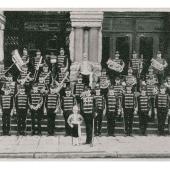
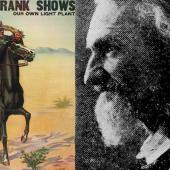
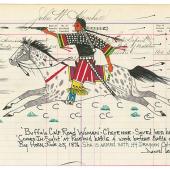

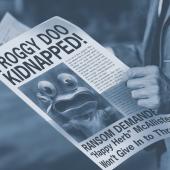


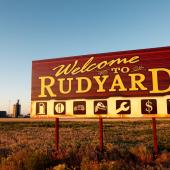

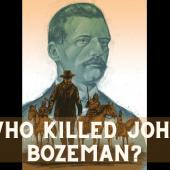

Leave a Comment Here